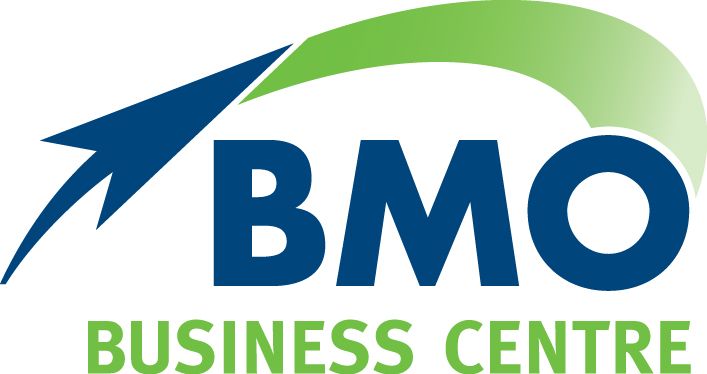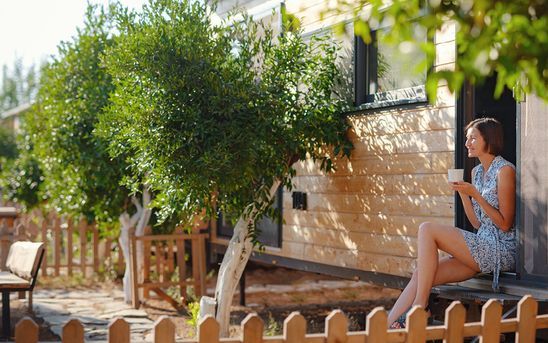To finance or buy a business asset? That’s the question
With business conditions picking up in Australia, many business owners are thinking about the equipment they will need to evolve in the years ahead.
Whether it’s a new forklift or a high-end digital printer, up-to-date equipment and tools are essential for business success. In the May 2021 Federal Budget, the government announced full write-off of eligible business assets will be available for another year, so the opportunity to tool up is even more attractive.
Issues to consider
Unfortunately, deciding the best way to acquire business assets is not always straightforward, as you weigh up whether to buy outright or finance them.
With finance, you are able to use the plant or equipment as security and structure loan repayments to suit your cashflow. Whereas buying means you purchase and own the equipment outright.
For both buying and financing it’s not just the immediate costs and tax benefits you should bear in mind. You need to calculate the total costs, including ongoing maintenance, usage conditions, termination fees and equipment return.
You also need to review whether your business’s cash flow is steady and reliable, and allows you to commit to regular loan repayments, or is subject to seasonal fluctuations.
Impact on your tax bill
At the moment, the government’s COVID-19 temporary full expensing
provisions provide a significant tax incentive to buy equipment. These instant write-off incentives allow you to claim the cost of your asset against your business’s tax bill in the year of purchase.
Financing is still attractive
Although buying can be sensible for some businesses, if you have insufficient cash to cover the cost of equipment, financing still offers benefits, especially while interest rates are low.
Financing also allows you to keep working capital within the business and available for other uses. For example, if you want to acquire an asset worth $120,000 and finance it at 4 per cent interest, your business retains the $120,000 on its balance sheet and still has access to it if required.
Financing new equipment can also make it easier to match regular monthly loan repayments to your business cash flow, rather than having to make a large one-off outlay for the asset.
Making your decision
Whichever way you are leaning – buy or finance – it’s important to review your business cash flow, your future growth plans and the current business and economic outlook.
Your personal approach to your business is also a factor to consider. Some owners prefer the certainty of ownership and not having to worry about a lot of fixed costs. For others, it’s more important to have access to the latest equipment and to focus on rapidly expanding their operation.
If you would like to discuss whether buying or leasing would be best for your business in the current economic environment, call us today.
The information in this article does not take into account your objectives, needs and circumstances. We recommend that you obtain investment and taxation advice specific to your investment objectives, financial situation and particular needs before making any investment decision or acting on any of the information contained in this article.
Written by Paul Logan (BMO Lending Manager) & Jack Staines (BMO Accountant)
The post To finance or buy a business asset? That’s the question appeared first on BMO Accountants.
Contact Us
BMO Dalby
By Mail:
PO Box 180
Dalby Qld 4405
In Person: 178 Drayton Street (access via Hogan Street)
Dalby Qld 4405
BMO Charleville
By Mail:
PO Box 198
Charleville Qld 4470
In Person: 58 Alfred Street
Charleville Old 4470
BMO Roma
By Mail: PO Box 300 Roma Qld 4455
In Person: 137 McDowall Street Roma Qld 4455
Office Hours:
Monday – Thursday 8am – 5pm and Friday 8am – 3pm
PH: 07 4662 3722
FAX: 07 4662 5975
Useful Links
Stay in Touch
Footer Contact Form
We will get back to you as soon as possible
Please try again later
Contact Us
BMO Dalby
By Mail: PO Box 180 Dalby Qld 4405
In Person: 178 Drayton Street (access via Hogan Street) Dalby
BMO Charleville
By Mail:
PO Box 198
Charleville Qld 4470
In Person: 58 Alfred Street
Charleville Old 4470
BMO Roma
By Mail: PO Box 300 Roma Qld 4455
In Person: 137 McDowall Street Roma Qld 4455
Office Hours: Monday – Thursday 8am – 5pm and Friday 8am – 3pm
PH:
07 4662 3722
FAX: 07 4662 5975
Footer Contact Form
We will get back to you as soon as possible
Please try again later
All Rights Reserved | BMO Dalby | Website design & development by Hey Marketing


